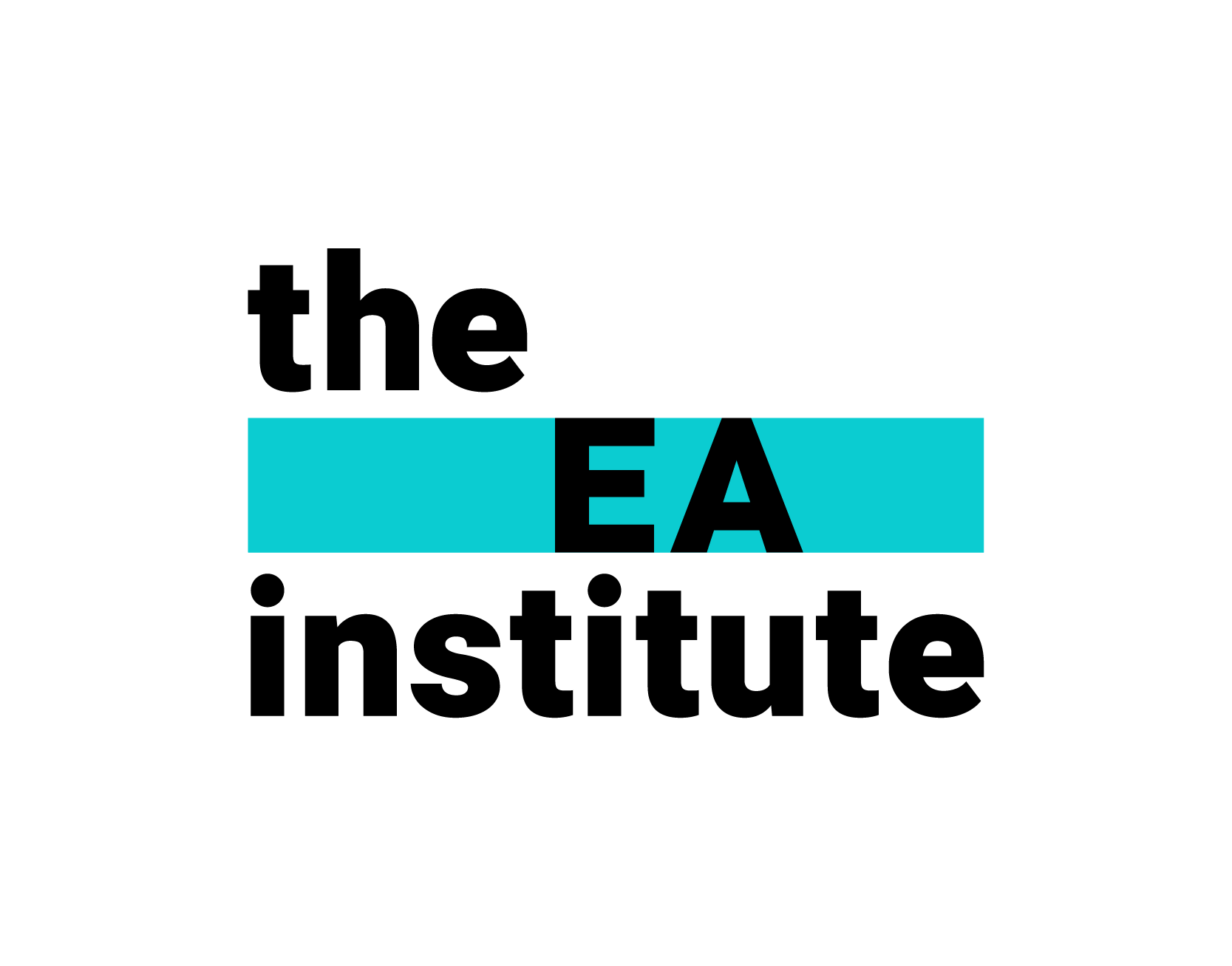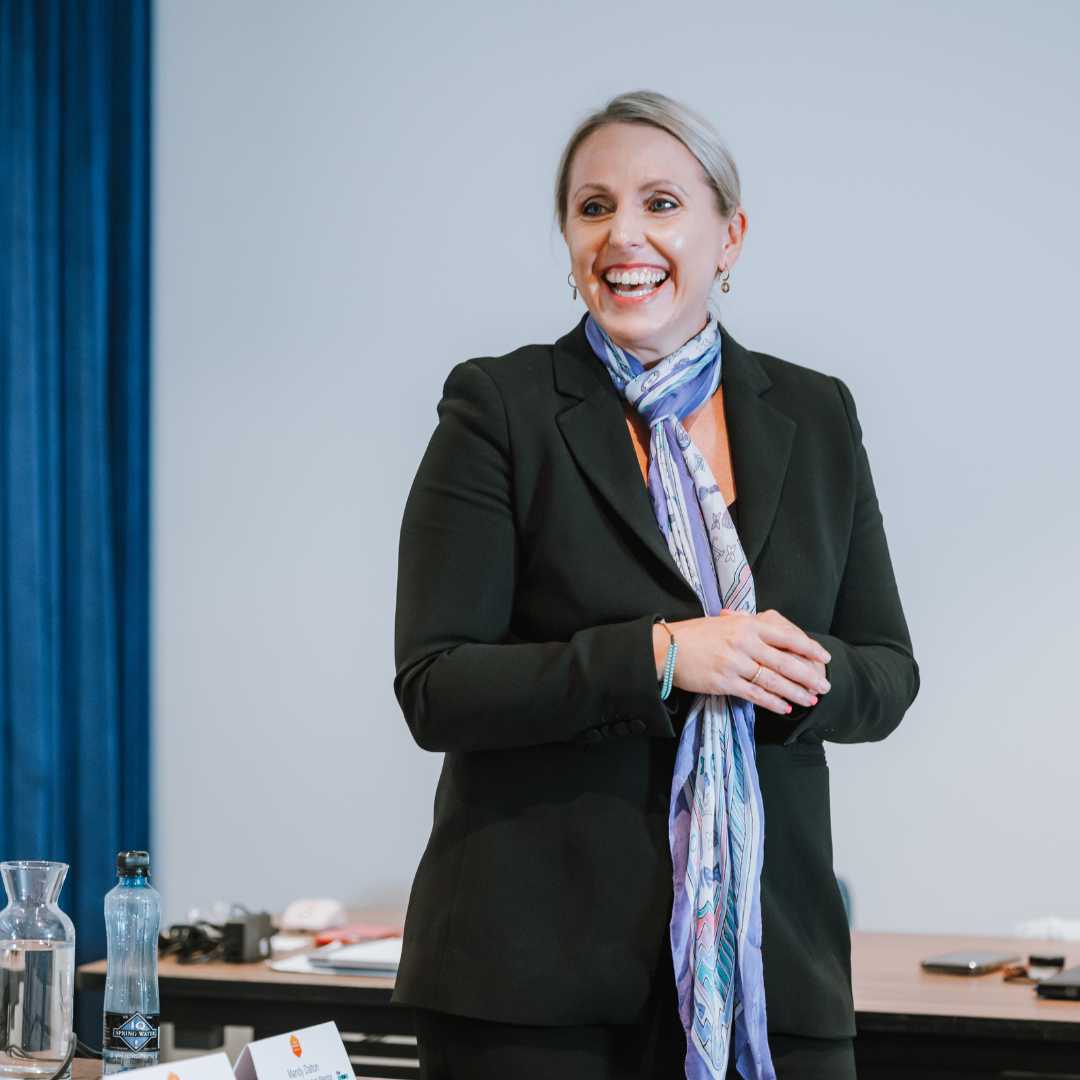Healthy Boundaries as an Executive/Personal Assistant
Setting healthy boundaries at work could not be more important. Creating and sticking to work boundaries will allow you to work without sacrificing your mental health, retain your focus on important goals and succeed as an Executive Assistant.
When you want to be a team player, it can be hard to say no to additional responsibilities, tasks and assignments at work. Getting involved is great, but more work can consume more mental energy, bringing you closer to getting burnt out. That’s where setting boundaries comes in. Setting professional boundaries is crucial to building a healthy working relationship with your boss and colleagues. In this article, I’ll show you how to set healthy boundaries at work
Why set healthy boundaries?
By setting boundaries, you define your healthy work-life balance and work by rules that preserve your mental health. We have boundaries in all parts of our lives: emotional boundaries, physical boundaries and work boundaries. In particular, healthy boundaries at work can be hard to achieve, as people feel obligated to increase their work hours and go beyond their job description. There are many reasons people push themselves too far. For instance, some people suppose they’re not doing a ‘good job’ if they say no. Others are strongly motivated by helping their coworkers. These legitimate motivations can push us beyond healthy limits, which is why we need professional boundaries.
When you need healthy boundaries
Work-related stress can creep up on you and become overwhelming without you noticing. Commonly, people gradually take on extra work and experience job stress unexpectedly. Are you struggling to concentrate and motivate yourself at work, especially doing tasks you used to find fulfilling? That’s a clear sign you’re burnt out and need to start setting workplace boundaries. Executive Assistants are particularly prone to experiencing burnout. Working closely with your boss and other executives often leaves EAs overwhelmed by their job responsibilities and unable to separate work from personal life.
Starting to set healthy boundaries at work
So you’ve realised you should start setting personal boundaries at work. What now? The first thing to do is to figure out what you want your boundaries to be. Identify what you prioritise in your work balance. How many work hours are you comfortable with? Are there particular goals you have that you want to prioritise? What tasks do you have the capacity for at work, and what feels like too much?
Being aware
A great way to figure out what works and what doesn’t is to observe your everyday self in your daily life. What do you find unexpectedly frustrating? For example, if you find yourself getting angry when someone interrupts you during your lunch break, that’s probably a sign that you should prioritise taking proper breaks throughout the work day. Don’t be afraid to talk to your boss or executive about this. They should want to see you succeed without compromising your mental health, and they’ll have an insightful perspective on what changes you could make.
Communicating clearly

Once you’ve identified the boundaries that work for you, it’s time to set those limits. It’s not immediately clear how to set healthy boundaries at work, especially when changing long-established practices. The crucial thing to do is communicate. Tell your colleagues that you’ll be taking breaks at certain times, or tell your executive that you’ve reached your capacity. If one of your coworkers violates one of the boundaries you’ve set, address this immediately. If you don’t reinforce the changes you want, you might revert to unhealthy work patterns. If you don’t teach people your boundaries, who will?
Saying no
One of the most important ways to win back personal space is to master the art of saying no. It’s easy to agree to do more work and contribute more to your work environment. But if new tasks are impacting your ability to handle your workload, you need to change your behaviour. Turning down additional responsibility is legitimate, especially when done clearly and politely. If you prefer, when coworkers approach you and ask you to take on tasks you can’t manage, help out by suggesting other colleagues who could take the job on.
Create a system
Not having enough boundaries can be made more difficult by uncertainty. If you don’t know when you can relax or what you’d do if an emergency task arises, then it’s only natural to feel stressed. Building yourself a work structure can be a great antidote to this uncertainty. Sort through your to-do list, and divide the tasks into different categories: things you can work on now, things you can work on later, and things you can delegate to other people. In particular, delegating tasks is essential to creating healthy boundaries at work. In the fast-paced schedule of an Executive Assistant, you will reach your limits. That’s when you lean on others. Trust the people around you and work together as a team rather than shouldering all the weight yourself. Don’t forget to schedule personal time into your schedule. Give yourself a proper lunch break, and don’t be afraid to take sick days if you need to.
Now what? Receive training today!

Are you an EA struggling with workplace boundaries? The EA institute can help. Our Executive Assistant training programmes can help you get on top and stay on top of your work. Our courses are fine-tuned to help you realise your potential and perform at a high level without sacrificing your personal life. Get in touch today!






